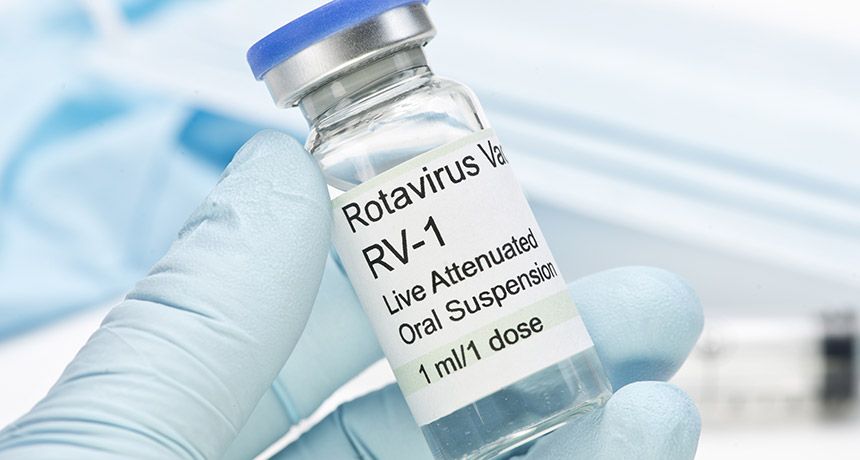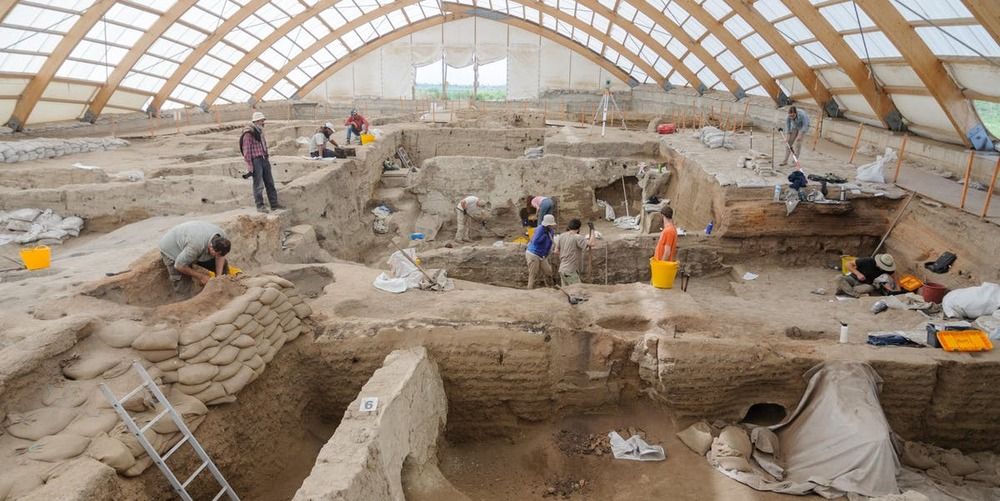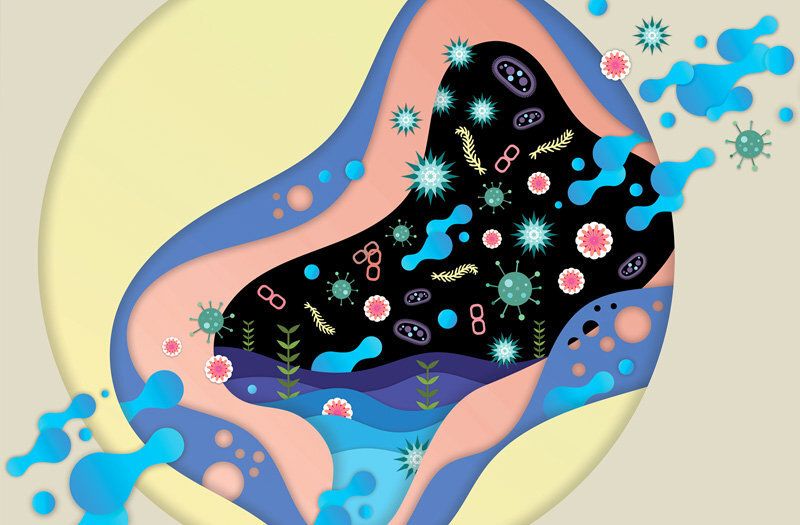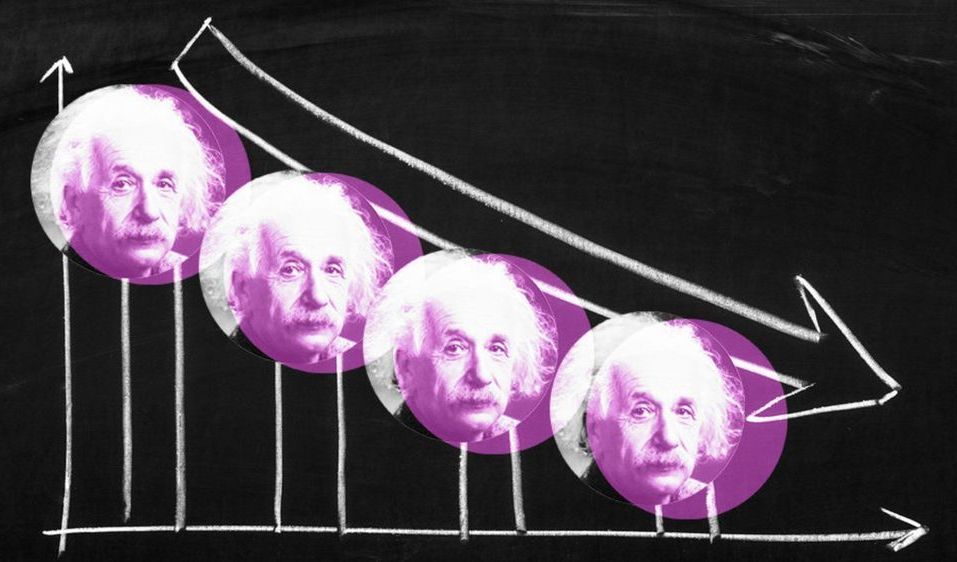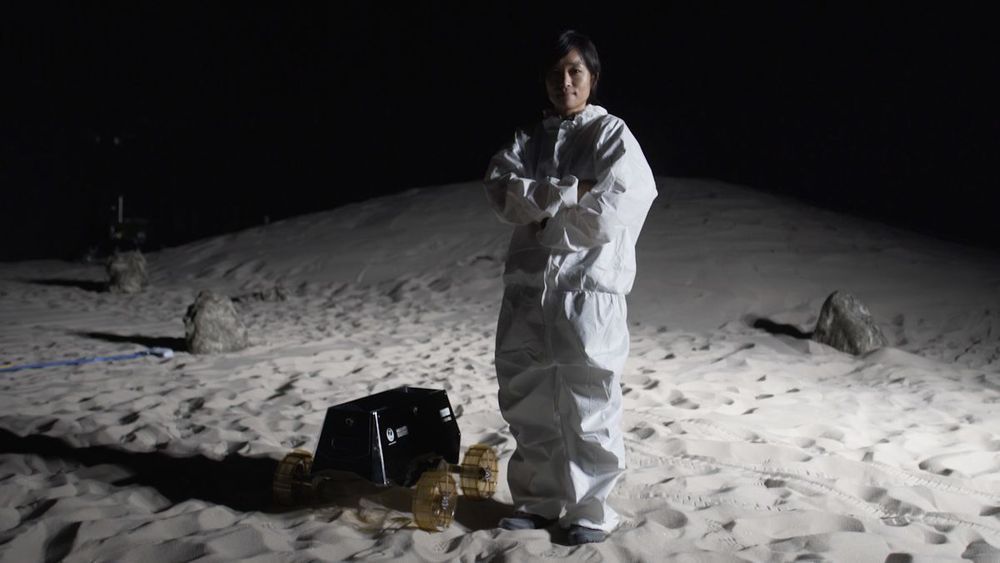Page 9026
Jun 18, 2019
‘Double-slit’ quantum experiment shows strangeness of quantum uncertainty
Posted by Paul Battista in categories: particle physics, quantum physics
This theory combines wave and particle aspects in quantum mechanics be postulating that the motion of a particle is choreographed by the wave function.
By reconstructing the Bohmian trajectories of single photons, the team experimentally obtained the distribution of velocity change.
“In the experiment, the velocity disturbance happens gradually, up to five metres away from where the which-slit measurement was performed,” Prof Wiseman said.
Jun 18, 2019
Rotavirus vaccines may lower kids’ chances of getting type 1 diabetes
Posted by Genevieve Klien in category: biotech/medical
Vaccination against rotavirus is associated with a reduced incidence of type 1 diabetes in children, according to an analysis of U.S. insurance data.
Jun 18, 2019
One of Earth’s First Cities Suffered the Same Issues Metropolises Face Today
Posted by Genevieve Klien in categories: biotech/medical, food, health
“I am committed to the notion that the past predicts the present,” Larsen tells Inverse, “and we need to understand that past to understand the world we live in now.”
Larsen has had a longstanding interest in the health and lifestyle of early farmers — those who were working around the Neolithic transition from hunting and gathering to farming. So when Ian Hodder, Ph.D., an archeologist who leads the Çatalhöyük Research Project, invited him to join the project in 2004, he quickly accepted the opportunity.
This new study is based on 25 years of findings linked to the human remains found in Çatalhöyük. Dating of remains shows that the population there grew to its peak in the period from 6,700 to 6,500 B.C. and then declined rapidly. That decline is likely linked to the evidence of disease and malnutrition Larsen and colleagues found in the remains.
Jun 18, 2019
The Future of Pensions – Article
Posted by Paul Battista in categories: biotech/medical, geopolitics, life extension, policy, transhumanism
Editor’s Note: The U.S. Transhumanist Party features this article by Nicola Bagalà and Michael Nuschke of the Life Extension Advocacy Foundation (LEAF), originally published on the LEAF site on May 15th, 2019. The article brings attention to and responds to concerns related to the impacts of increased longevity on pension systems, a possible result of our mission of ending age-related diseases, which the U.S. Transhumanist Party supports as part of our policy goals.
~ Brent Reitze, Director of Publication, United States Transhumanist Party, June 15th, 2019
If you work in social security, it’s possible that your nightmares are full of undying elderly people who keep knocking on your door for pensions that you have no way of paying out. Tossing and turning in your bed, you beg for mercy, explaining that there’s just too many old people who need pensions and not enough young people who could cover for it with their contributions; the money’s just not there to sustain a social security system that, when it was conceived in the mid-1930s, didn’t expect that many people would ever make it into their 80s and 90s. Your oneiric persecutors won’t listen: they gave the country the best years of their lives, and now it’s time for the country to pay them their due.
Jun 18, 2019
Cause of hardening of the arteries—and potential treatment—identified
Posted by Paul Battista in categories: biotech/medical, neuroscience
A team of UK scientists have identified the mechanism behind hardening of the arteries, and shown in animal studies that a generic medication normally used to treat acne could be an effective treatment for the condition.
The team, led by the University of Cambridge and King’s College London, found that a molecule once thought only to exist inside cells for the purpose of repairing DNA is also responsible for hardening of the arteries, which is associated with dementia, heart disease, high blood pressure and stroke.
There is no current treatment for hardening of the arteries, which is caused by build-up of bone-like calcium deposits, stiffening the arteries and restricting blood flow to organs and tissues.
Jun 18, 2019
Can probiotics and other factors be used reliably to benefit health?
Posted by Paul Battista in categories: food, genetics, health
Steven Finkel tells the story of a close family member who had a discomforting health issue—the kind you don’t discuss at the dinner table.
“She went and chose a bunch of yogurts with active culture,” he says. The first yogurt—call it Yogurt A—made her constipated, and Yogurt B gave her diarrhea. “It’s like Goldilocks,” he adds, before concluding her tale of woe with a happy ending: “Yogurt C made her feel great.”
Hoping to understand how three versions of one food could cause such dissimilar reactions, the relative contacted Finkel, who is professor of biological sciences at USC Dornsife and an expert on bacterial physiology, genetics and evolution.
Jun 18, 2019
Facebook Introduces New “Libra” Digital Currency With Landmark White Paper
Posted by Fyodor Rouge in categories: business, cryptocurrencies
Fox Business adds:
Facebook’s new cryptocurrency platform could provide the embattled social media giant with a new revenue stream of historic proportions as it contends with a possible federal antitrust probe and continued scrutiny over its data privacy practices.
[…]
Jun 18, 2019
For most of history, humans got smarter. That’s now reversing
Posted by Fyodor Rouge in category: futurism
We were gaining three IQ points per decade for many, many years. Now, that’s going backward. Could this explain some of our choices lately?


